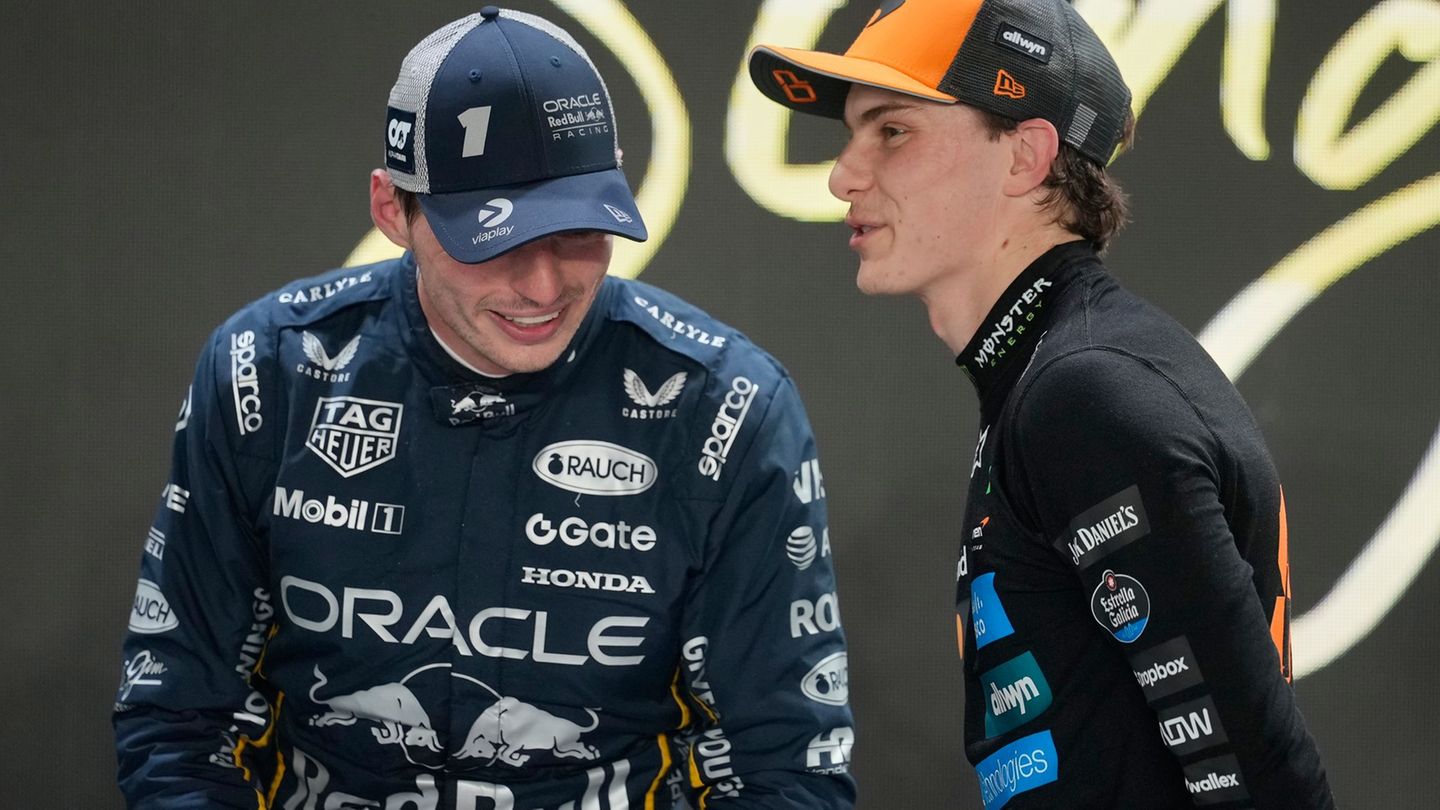Because they are fundamental tools in the main activity of childhood, which is playing. Winnicott spoke of “playing” and not of “game” to point out in this action something of the order of movement, a process that is being carried out and that is never a finished product, since it contains infinite possibilities in germ.
But what else is needed for a toy to fulfill its function? What does your magic depend on?
It may be the most sophisticated and expensive object, but without the spontaneous gesture of the child that allows him to “create” it, make it his own, or put his “stamp” on it, it will not function as such.
What sustains the desire to play is feeling “author/creator”, which is why it is so important to respect the child’s use of it, even if it sometimes includes disassembling it, seeing what is inside, testing if it floats, etc.
What’s more, boys tend to be attached to certain toys, which are generally neither the most expensive, nor the prettiest, nor the newest, but those chosen and loaded with a special meaning, such as those that help them to separate from their parents, known within psychoanalysis as “transitional objects”.
In the hands of a child, any toy – even if it is a finished product and suitable for sale – is “manufactured” during play, only he can give it life and make it work. At the other extreme, there are children who cannot play even if they are full of toys.
You don’t even need any particular object. You can play with ideas, with words, with gestures, with movements. They can use their own bodies, or parts of them, as toys. You can even build toys with what is left over in the house.
It doesn’t require a lot of physical space, but it does require emotional space and the ability to achieve a “game state of mind”. And in the best of cases, playing generates encounters and enriches the links.
I will transcribe a fragment of a session with two little brothers:
M: “We put together a robot with boxes and cans. We are thinking of putting a microphone inside and some phrases.
Psychologist: “What phrases would you put?”
M.: “Hello. I am Beto, your personal assistant”.
J: “I would like that when I hear questions I can answer them.” “I want to put lights on it… You have to use two lights for the eyes.”
M.: “It would be necessary to make the heart, put a light inside as a heart…”
Psychologist: “It seems that you. they would like the robot to be able to feel, not just have programmed responses…”.
M.: “Yes, and that he has his arms as if he were going to hug you…”.
J: (like someone making an ad on television): “If you don’t have friends, we recommend a Beto!”
Psychologist: (In a propaganda voice) “Beto… designed especially for boys who need more friends…!”.
In another session they brought their toys -more like pieces of toys-: several little dolls with parts missing. One of them suddenly became a child and was placing the missing parts, making the other dolls “come to life” and that way they could play.
Another of the teachings of the child psychoanalyst that I mentioned at the beginning is that it depends on the family environment to stimulate or hinder the playful potential that the child brings at birth.
Beyond the satisfaction that getting the long-awaited gift causes adults, perhaps the most valuable is that it allows the display of creativity and illusion, a capacity that in the future will be transferred in each child to art, to religion, to ideals and even willingness to fall in love.
Psychoanalyst. Member of the Argentine Psychoanalytic Association. Specialist in couples and families and in children and adolescents. She is the author of the book “Families alone. Between mourning and resilience”.
Source: Ambito
David William is a talented author who has made a name for himself in the world of writing. He is a professional author who writes on a wide range of topics, from general interest to opinion news. David is currently working as a writer at 24 hours worlds where he brings his unique perspective and in-depth research to his articles, making them both informative and engaging.




